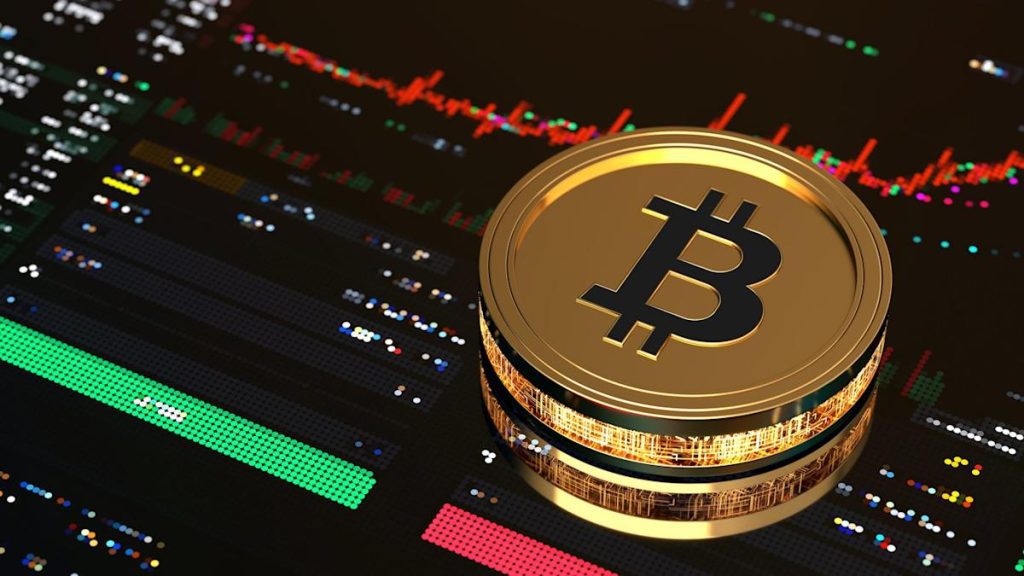Bitcoin’s Buying Surge and Price Stability
This year, Bitcoin is experiencing an exceptional level of purchasing activity.
However, its price isn’t rising dramatically as many investors had anticipated.
Despite this, there’s no cause for concern; logical reasons explain this trend.
Investments from Billionaires
Billionaires and their investment firms are continuing to increase their Bitcoin (CRYPTO: BTC) holdings. Michael Saylor, co-founder of Strategy (formerly MicroStrategy), has gained notoriety for his substantial Bitcoin acquisitions. Tim Draper has once again forecasted an “infinity” price point, suggesting that the dollar may fail before Bitcoin loses its appeal among buyers.
Current Price Dynamics
Throughout July, Bitcoin’s price has mostly fluctuated between $101,000 and $108,000. This difference between the optimistic outlook of billionaire investors and the stagnation of prices raises a crucial question: Why are the markets relatively inactive despite heavy accumulation by influential figures?
Understanding the Numbers
As of mid-July, Bitcoin exchange-traded funds (ETFs) have seen net inflows of $14.8 billion since January 2024, with one ETF bringing in $1.3 billion within just two trading days.
When Strategy makes a significant purchase, it typically uses over-the-counter (OTC) brokers that acquire coins directly from miners or large holders, keeping these transactions off the public order books. ETFs also follow a similar “invisible” pattern, receiving coins from specific authorized buyers rather than trading on major exchanges, which means that demand often sidesteps public price discovery venues.
Supply and Demand Dynamics
Meanwhile, new Bitcoin is still being mined, albeit at a reduced rate since the 2024 halving. Miners often sell portions of their output to cover operational costs, particularly given that break-even expenses exceed $45,000 per coin for major public mining operators. With miners having held Bitcoin from lower price points in anticipation of this current higher price range, selling some of their holdings to secure profits makes sense. Additionally, regular profit-taking from whales and short-term investors affects the market, indicating why even large purchases might not easily drive prices up.
Macro Economic Influences
The main factor limiting Bitcoin’s price currently is the considerable global macroeconomic uncertainty stemming from U.S. trade policies. The shifting trade environment has kept investors cautious, as they are aware that a sudden policy change could disrupt supply chains and alter market sentiment rapidly.
Long-term Perspectives
With many experts predicting that trade policies could hinder growth more than significant tax increases, short-term holders tend to sell Bitcoin when growth expectations decline, which exacerbates price contractions. It’s important to remember that no tariffs are specifically directed at Bitcoin or its mining. Such macroeconomic instability generally suppresses Bitcoin until buyers willing to hold long-term enter the market.



